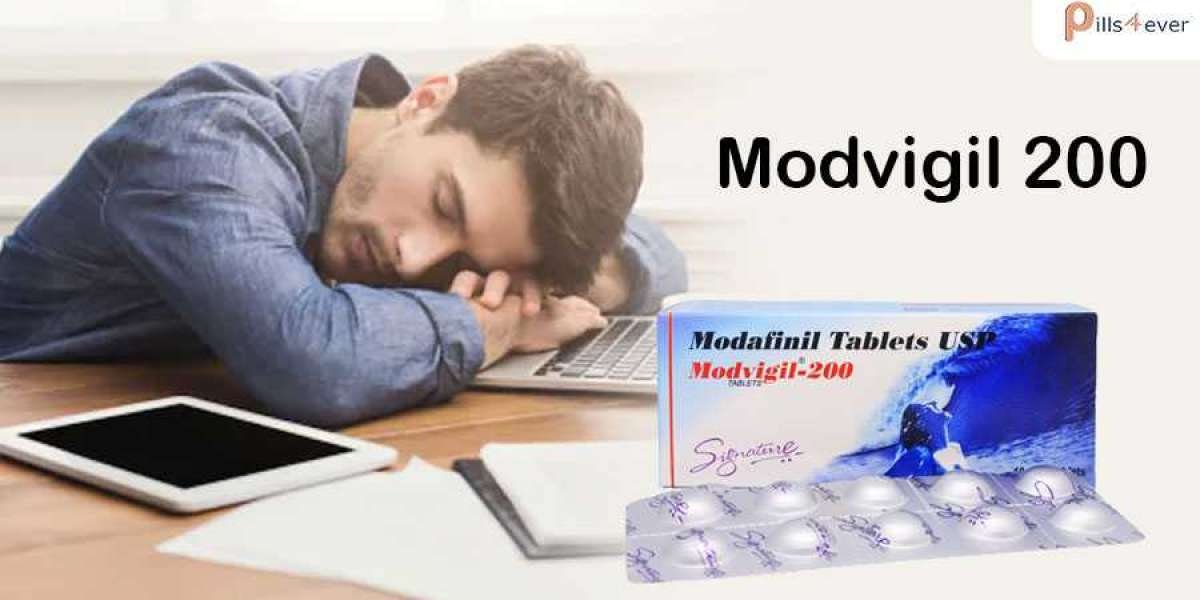Components made from zinc or aluminum can be die cast using a high pressure die China die casting mold process, which is a method that is both quick and accurate. In particular, it is favored by advanced industries that have very particular requirements concerning appearance, dimensional tolerances, and lightweight components.
HOW DOES HIGH PRESSURE DIE CASTING WORK?
By injecting the molten metal into a mold made of hardened steel and allowing it to solidify under pressure before ejecting it, high pressure die aluminum die castings offers the quickest path from molten metal to finished component. This is accomplished by providing the shortest route from molten metal to completed component.
WHAT ARE SOME OF THE PROS OF USING HIGH PRESSURE IN THE DIE CASTING PROCESS?
Die zinc alloy die casting at high pressure can provide you with the large quantities of complex components you require in a timely and accurate manner. If this describes your needs, read on.
When compared to other zinc castings methods, the China die casting manufacturer cycles for high pressure die casting mould are extremely short because the solidification of the molten metal only takes a few seconds. Because of this, the process is significantly more cost-effective when it comes to the production of in large quantities.
Components with thin walls lend themselves particularly well to being cast using high pressure die casting. The wall thicknesses that can be produced by high pressure die China die casting manufacturer can be as low as 1 millimeter (depending on the size of the component), making it a process that is significantly more effective than other methods when it comes to the creation of a casting that is both extremely precise and very lightweight.
In addition, the very smooth surface that results from high pressure die zinc castings can be achieved. Therefore, in the event that you need to apply an additional finish, you will have an excellent primer for coatings that can be directly applied during the subsequent phase of the process.
WHAT ARE THE CONSIDERATIONS TO BE MADE WHEN USING HIGH PRESSURE DIE CASTING?
The porosity of the end product is the primary drawback of high pressure die casting; however, an evacuated chamber and various other techniques may help reduce this.
Components made through high pressure die casting typically are unable to be completely heat treated because of the presence of these pores, which can contain gases that have been trapped inside. Unfortunate as it may sound, this would result in the formation of surface blisters.
Gravity die zinc alloy die casting is frequently the method of choice when it comes to the production of components that contain multiple complex parts. Gravity die casting, which is used extensively in industrial applications for the defense and medical sectors, possesses a variety of advantages; however, what precisely are these advantages, and how does the method itself function?
Pouring molten metal into permanent molds made of cast iron or steel allows for the production of gravity die castings.
Gravity is the only force that fills the cavity of the mold; therefore, the fill can be controlled by tilting the die in different directions.
The results of this process are what are known as "chill castings." During this process, the solidification process is sped up in a particular section of the metal casting mold.
WHAT ARE THE BENEFITS OF GRAVITY DIE CASTING, AND HOW DOES IT WORK?
The use of cast iron or steel molds in gravity die zinc die casting manufacturer allows for the production of aluminum and zinc castings that are more accurate and cost-effective than those produced using sand casting. These castings also have a better surface finish and better mechanical properties than those produced using sand casting.
Gravity casting requires a fraction of the tooling costs required for pressure die casting, and rapid chilling results in excellent mechanical properties. Both processes are metalworking techniques. Additionally, the use of non-turbulent filling makes it possible to produce heat-treatable gravity castings with a minimal amount of porosity.
WHY SHOULD YOU GO WITH MRT FOR ALL OF YOUR GRAVITY DIE CASTING REQUIREMENTS?
MRT has optimized the productivity of die processes by continually investing in the most cutting-edge technology and training. As a result, we can offer you the following services:
Reduced initial production times
Reduced expenses
accelerated rates of production growth
Increased stability and reliability
MRT uses a variety of hydraulic gravity die zinc alloy die casting supplier machines that are controlled by microprocessors. This enables movements of the die to be mechanized, such as tilt pouring, which significantly increases the level of precision that can be achieved.
In addition, the facilities that MRT has for producing sand cores make it possible to cast intricate internal shapes with ease, which means that even the most complex casting ideas that you have could be realized.



